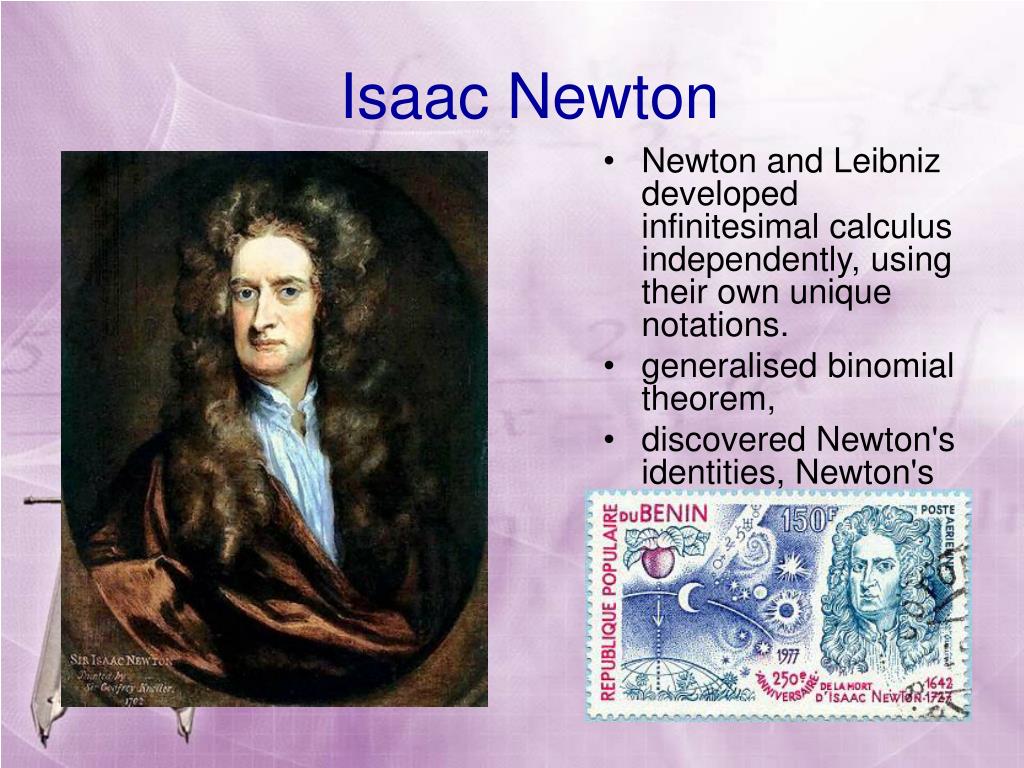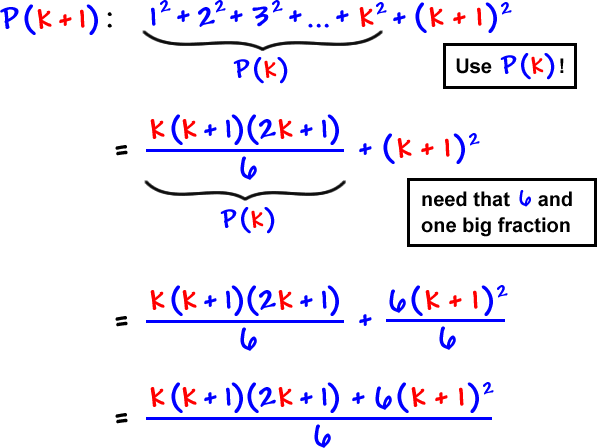
This book studied the quadrature of curves and systematised the analysis of Descartes and Cavelieri. He published his most famous work, Arithmetica Infinitorum, in Latin in 1656. John Wallis (1616-1703) was the most influential English mathematician prior to Newton. a relevant text even now for students and historians of mathematics alike." (Zentralblatt für Didaktik der Mathematik, January, 2005) Reseña del editor:

Newton was to take up Wallis’s work and transform it into mathematics that has become part of the mainstream, but in Wallis’s text we see what we think of as modern mathematics still struggling to emerge. "To the modern reader the ‘Arithmetica infinitorum’ reveals much that is of historical and mathematical interest, not least the mid seventeenth-century tension between classical geometry on the one hand, and arithmetic and algebra on the other. Grattan-Guinness, The Mathematical Gazette, Vol. This volume belongs to considerable recent efforts on English mathematics during the 17th century." (I. relationships between arithmetic and geometry, and between discrete and continuous magnitude, especially in connection with quantitative properties of various classical curves, surfaces and solids. "This book is famed above all for its infinite product for p, which duly appears among the final ‘propositions’ and for this reason it is often regarded as a study of the quadrature of the circle. It is a very useful addition to the literature about the history of calculus." (Jean Mawhin, Bulletin of the Belgian Mathematical Society, Vol. The translation preceded by a historical introduction recalling Wallis mathematical contributions and the genesis of his most famous book. "This is an English translation of John Wallis’s famous Arithmetica infinitorum of 1656, a milestone in the prehistory of the calculus, whose influence on Newton was important. Stedall’s translation gives us access once again to this fascinating book, and her introduction helps us understand its place in history. Wallis’s subtitle gives a good summary of what the book is about: ‘A New Method of Inquiring into the Quadrature of Curves, and other more difficult mathematical problems’. here is her translation of John Wallis’s famous Arithmetic of Infinitesimals (Arithmetica Infinitorum, first published in 1656). One can sense the anticipation and excitement Newton must have felt upon first reading the work." (James J. She has rendered a valuable service to the mathematical community with this English translation of Arithmetica infintorum. Her expertise with the subject is readily apparent. "The author has done a superb job with the translation and accompanying introduction. She also supplies a glossary, a bibliography, and an index, while figures and tables are reproduced as facsimiles from the original edition." (Christoph J. Jacqueline Anne Stedall, has already accomplished important research on John Wallis and his mathematics and thus is ideally qualified for both the translation and a scholarly introduction and explanatory notes. in his Arithmetica infinitorum (Arithmetic of Infinites), he extended traditional algebra of finite numbers and symbols.

"John Wallis (1616-1703) was the most influential mathematician in England.


 0 kommentar(er)
0 kommentar(er)
